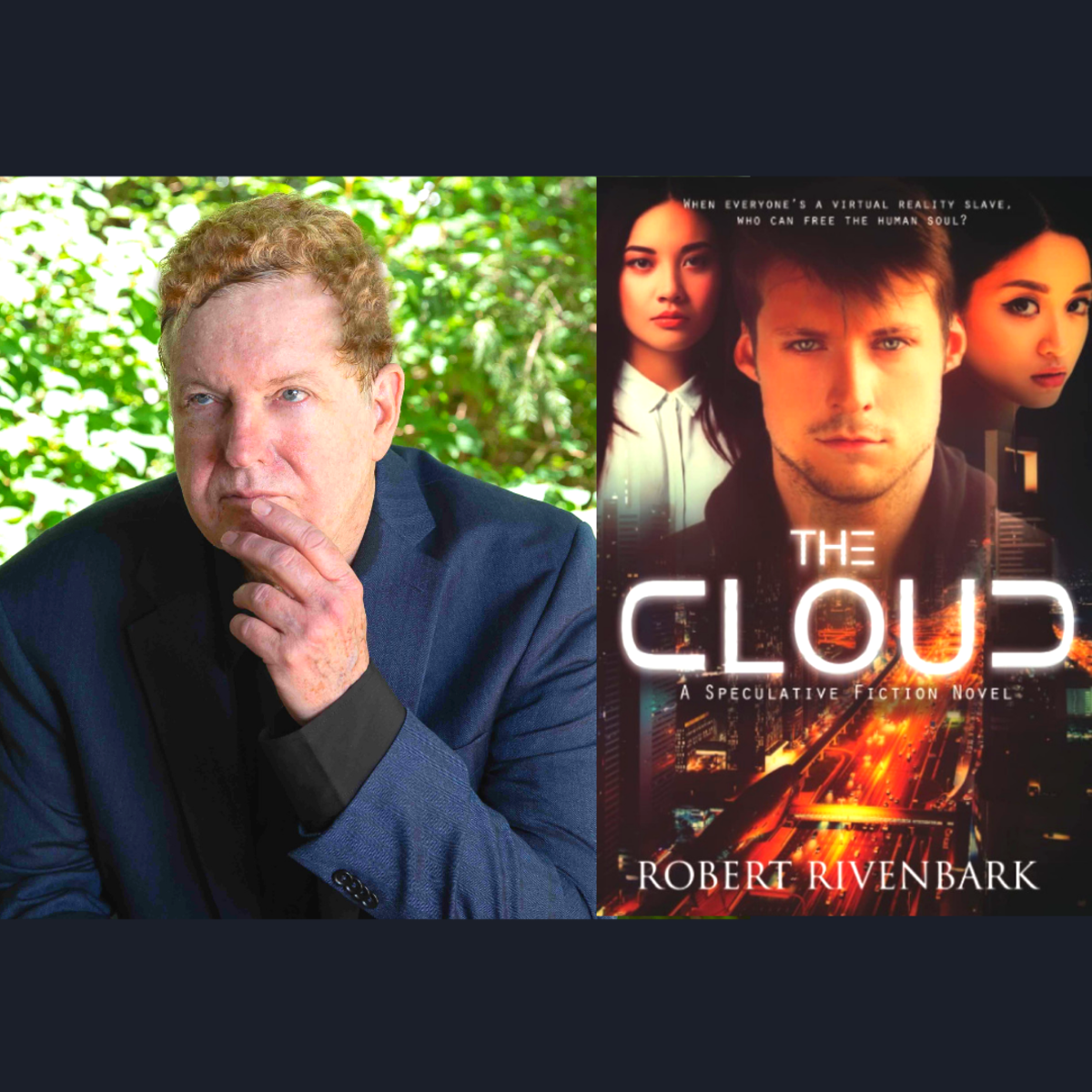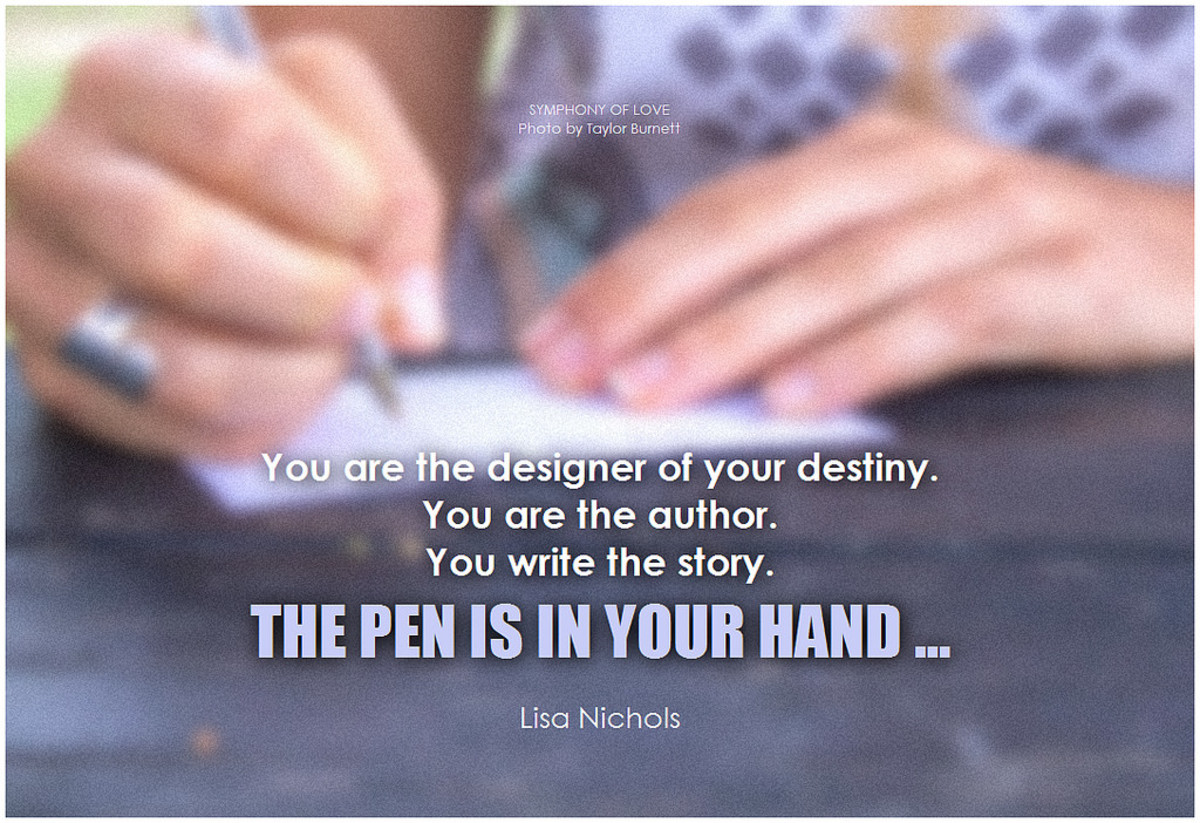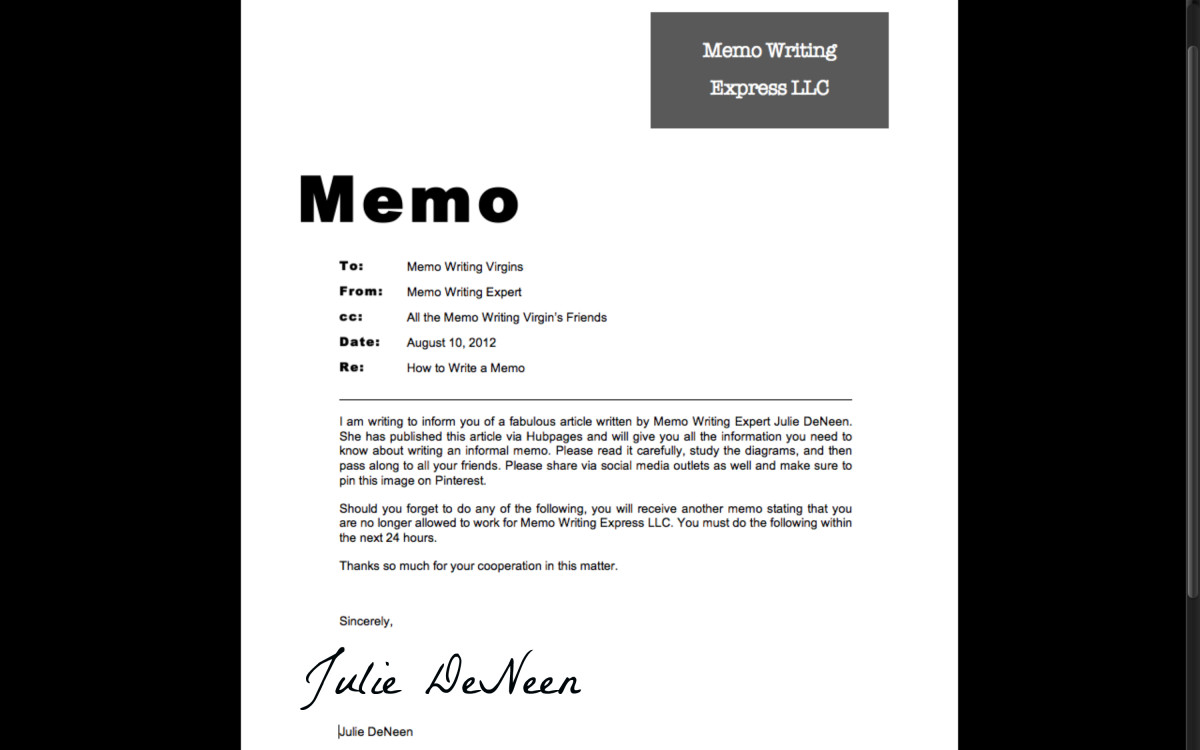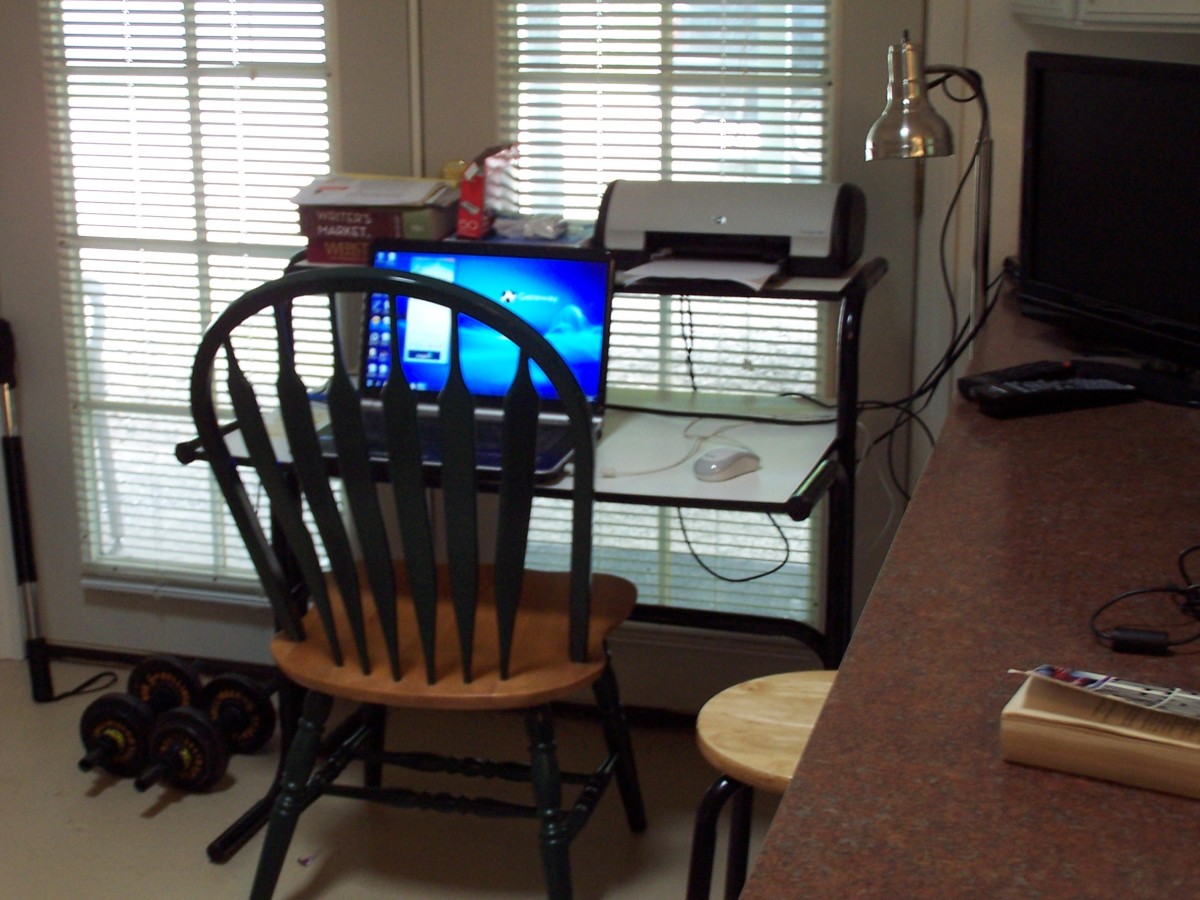The Importance of Making an Outline When Writing a Book

Starting With An Idea
Writing a book is a process that takes specific and intricate planning to produce a successful product. However, you have to start somewhere. Find something that interests you or that you have a lot of information about if you are writing non-fiction. When writing fiction start thinking up a storyline. When looking for ideas to write about use the world as a means to generate endless ideas. Keep your mind open to absorb the options when crafting your next book or article idea. If having difficulties coming up with the right idea, just start writing and eventually it will come to you. In the process you may write several other pieces that you can add to your collection.
Using A Tablet To Hold Your Ideas
I have found it to be helpful to carry around a notebook or tablet so that I can jot down ideas for future writing projects. Investing in an I-Pad or some other tablet to aid in holding on to your ideas can be advantageous. By using an electronic device when on the go you can easily access an online dictionary and thesaurus to aid in moments when needed.
If choosing to use an electronic device to manage your ideas you may want to also entertain the idea of adding a helpful application that works well with tracking quick ideas. I have found that Evernote is a very helpful tool to use. They offer a free account that allows you to link your laptop, tablet and smart phone all to one account. What that means for a writer is you can create a quick note using Evernote on your smart phone and that idea will be saved and can be later retrieved on your laptop or tablet.
What Do You Want to Express
Writing is like building a skyscraper, one floor at a time and from the bottom up. If you think in those terms the book writing process may not seem so overwhelming. Linear thinking can actually ruin the creativity needed when writing – remember even non-fiction needs some imagination. Outlines allow the writer to flexibly create without approaching your book with a start-to-finish mentality. An outline allows the writer to work with rather than against writer’s block – don’t worry it happens to everyone. If one area becomes difficult to write then immediately leave it behind for now. Return to that area when ideas start flowing again. Yes, even fictional writers can jump around given that they are working from a detailed outline and storyline. When hopping around your outline use the 4 W’s to ensure covering all avenues.
Do you use an outline when writing?
Basic Outline
The basic outline consists of a few main chunks and is not limited or expected to create a certain number of pages or chapters. That is completely up to the writer and how the design solidifies. However, there are key required areas no matter writing fiction or non-fiction. Each part of the manuscript, though in the mind may be separate, should not be noticed by the reader. The outline is only a tool for the author and the transition for the reader must be a smooth process.
- Introduction – this area of the book will work as the hook by drawing in the reader and preparing them for what the rest of the book will contain. In fictional writing this is the area where the scene is set and main characters are introduced.
- Topics – This will be the bulk of the book and what I will refer to as the “meat and potatoes.” Most of what is discussed in the book will take place here.
- Plot – All stories will bubble and the outcome of the story will begin to develop. Again, likely to be multiple chapters and will begin creating a transitional point between introducing the topics and concluding the story.
- Conclusion – This is where everything comes together and the reader will be able to consolidate all the information and relate it to the ultimate ending of the story.
“Read, read, read. Read everything -- trash, classics, good and bad, and see how they do it. Just like a carpenter who works as an apprentice and studies the master. Read! You'll absorb it. Then write. If it's good, you'll find out. If it's not, throw it out of the window.”
William Faulkner
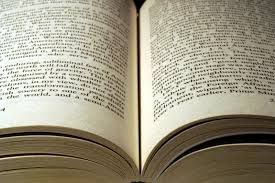
The 4 W’s to Writing
For me when I write I always think in terms of who, when, where and why. By covering those bases I feel that eventually a complete story will emerge. The 4 W’s will fit into all areas of your outline as you see fit.
Who- Who is your audience and who are your characters.
When- When will the information be used by the reader. In fictional writing, when does the story take place and will the plot be exposed.
Where- Where will the reader use your book and where will the story take place.
Why- Why would the reader read your book - is it useful information or an interesting storyline.
Build As You Go
By using an outline and ideas to elaborate on the “4 W’s” your book will come together in no time. Create a timeline in which you want to finish the book and a schedule that helps to achieve your goal. Again be flexible with your timeline to account for unexpected events. For example, on the day that you are scheduled to write chapter 5 but you are experiencing a writer’s block, if possible move on and write in another area. Doing this will change your schedule but will likely keep your timeline. As ideas emerge plug them into the areas that fit best providing the freedom to creatively write.
Find Common Grammar Errors
The Key to Editing
No one wants to read a poorly written piece – whether a book, article or quick insert. Writing errors are common and live in all of us. One key way to make sure your book is ready for the shelves as a best seller is to invest in an editor – or a good friend if they have exceptional grammar. Using an outside source can help to avoid overlooking your own mistakes.
Play Around With a Title
Titles sell books. Do not rashly choose the title to your next best seller. The reason I am mentioning this last is many people commonly decide to wait to clearly identifying a title. More importantly putting together your ideas frequently spark ideas in reference to a title. Choosing a title too soon can limit the amount of creativity since the writer will often try to stay within the boundaries of that title. Unless you are very good at articulating attention-grabbing titles taking essential time to cultivate this is key. In some ways the title is the most important chunk of writing a book. Brainstorm ideas and follow through by narrowing them down to a few. Take ideas and sleep on them to avoid overlooking something catchier. Asking others can be helpful if one does not stand out among the rest. Overall, do not decide too quickly.
Video On Writing With An Outline
Going with a Cover That Pops
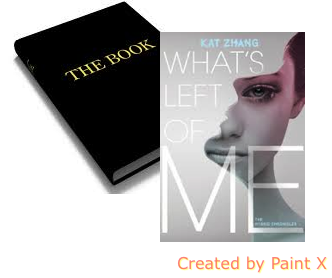
Choosing or Not Choosing Graphics
People love pictures – so graphics may be the second most important selling piece to your book. Think about your own experience when choosing a book at your local bookstore – what attracts your attention? Then do just that – look for bright colors, catching phrases, attractive fonts and interesting pictures.
Enjoy writing and finding your own niche.
Other Resources
- Writing A Book Proposal That Will Sell!
There are many websites that will take you through the process of writing a book proposal, however I've always felt that reviewing a template would be a much better way to understand what makes a proposal sell! - How to Start Writing a Book
You may think you don't have enough time and ask, - Quick Tips on How to Effectively Write and to be a S...
Expressing yourself can take on a multifaceted approach. However, some foundational concepts are key when writing either fictional or non-fictional material. Ways to maximize your self-expression.







